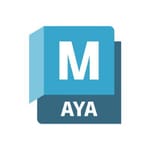A Blend of Options
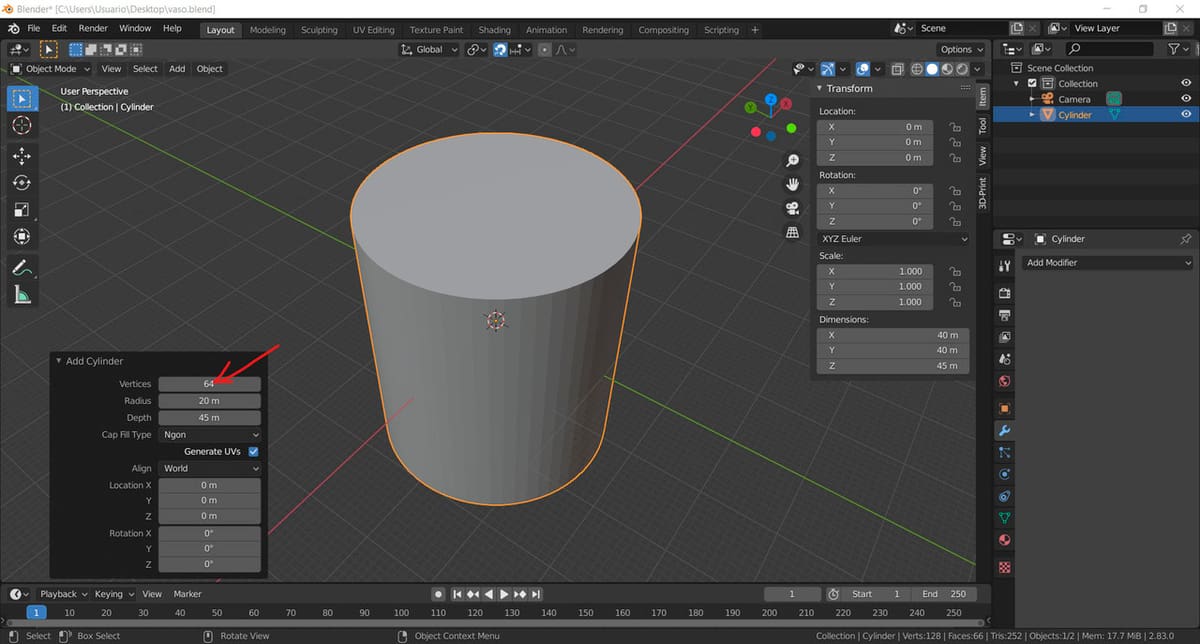
Blender is at its core a modeling program that’s used for artistic purposes. Although it’s capable of achieving technical or architectural models, there are software options, like AutoCAD or SolidWorks, that are more tailored for those use cases. In contrast, Blender’s features and functions are particularly well suited for modeling characters, everyday objects, sci-fi props, video game elements, or even objects for 3D printing.
Besides modeling, it’s also possible to do sculpting, rendering, animation, video editing, and storyboarding in Blender. It’s very popular among hobbyists because, in addition to its varied features and functions, it’s free!
It isn’t the only option, though. There are other industry-standard programs out there that have added advantages or specialize in one of the functions included in Blender. So, we’ve compiled a list of eight Blender alternatives, identifying the best based on these considerations:
- Popular: We listened to what people are saying and chose software preferred by the community, taking into account user feedback and the overall reach of the programs.
- Level of expertise: There might be people who are just getting started and want to find what’s out there aside from Blender. On the other hand, there might be really experienced people who want to try something new or more complete. With that mind, we’ve chosen options that’ll appeal to both groups.
- Similar functionality: As Blender has a broad range of functionality, we’ve chosen software that offers one or more of these functions beyond just modeling.
Let’s dive into our list!
Maya
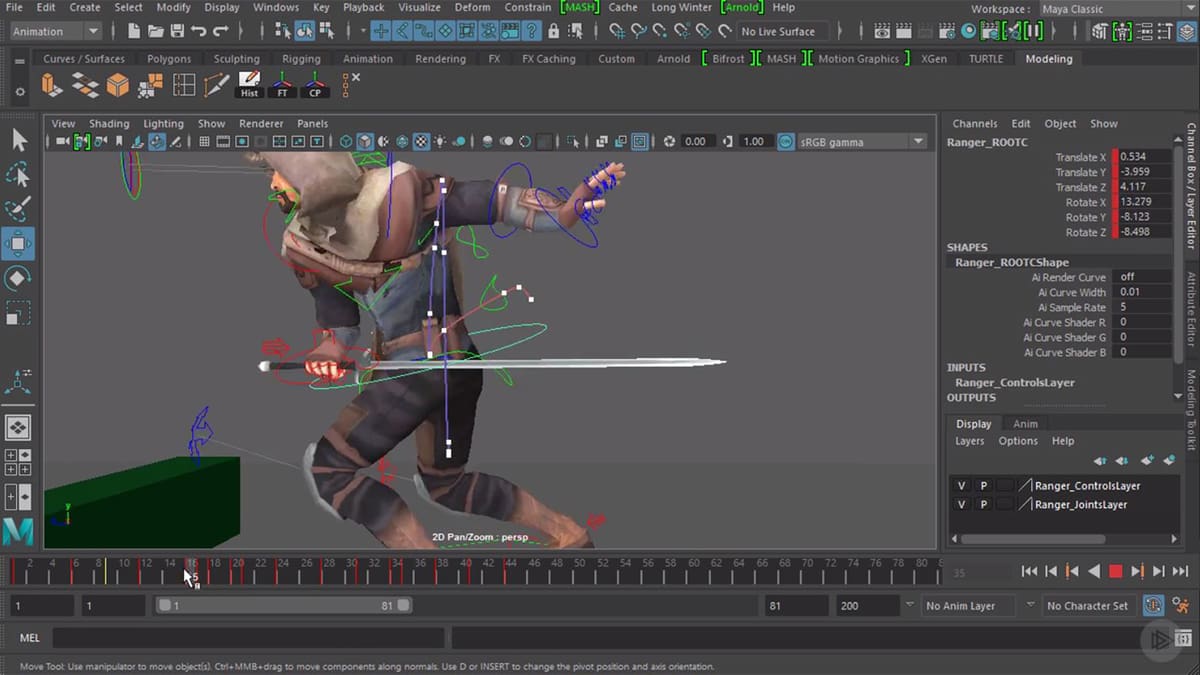
Maya is a design software owned by Autodesk, though it was originally created by Alias Systems Corporation. Even though it can do 3D modeling, animation, and rendering, the main reason for its popularity is animation.
Considered one of the go-to software in professional 3D animation, Maya is the standard taught in educational settings that specialize in computer-generated imagery (CGI) and visual effects (VFX). It has strong utilities for texturing, lighting, animating, and rendering.
Like Blender, it can work with simulated particles and fluids. On top of those, however, it has comprehensive tools for hair, clothing, and deformable bodies.
It’s a highly complex program, and learning takes a good amount of time and dedication. So, it may be a heavy lift (and price) for hobbyists, but it’s perfect for people who want to use it professionally.
- Price: $215 monthly, $1,700 annually, $4,590 triennially, educational licenses also available
- Focus: Animation
- Level of expertise: Experts
ZBrush
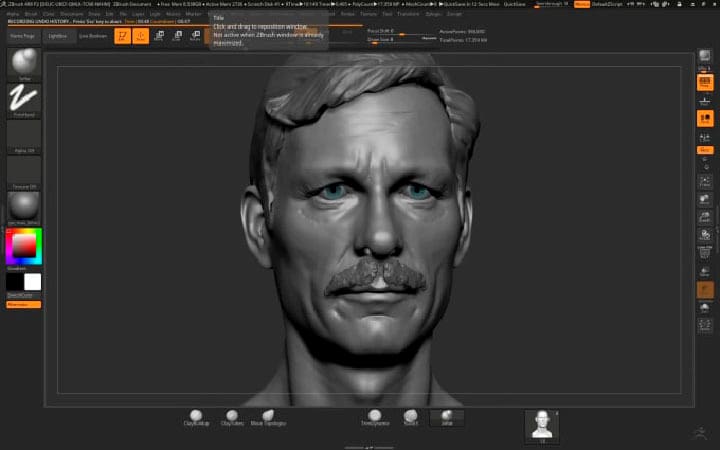
ZBrush is the most popular digital sculpting program. Digital sculpting means it mimics traditional methods of sculpting, as one would do with clay, by using brush types to add, remove, smooth, and pinch material, among other functions.
Blender has a workspace for sculpting, which includes 20 brushes that allow different interactions with the model. ZBrush, however, has higher functionality. It not only has more brushes, but it also has more intricate brush settings, allowing for more precision in the sculpting process. In addition to modeling by sculpting, ZBrush has rendering capabilities if you want to render your result.
3D modeling by sculpting makes it easier to add detail to organic models such as people or animals. For example, wrinkles on a person’s face or scales on a crocodile are easy to add with the program’s sculpting tools.
Pixologic, the company behind ZBrush, produced different versions to cater to different user needs. ZBrush is the original software with all of its features and tools for sculpting. ZBrush Core is a simplified version that contains only ZBrush’s main features for a reduced price.
Finally, ZBrush Core Mini is a free, limited version of ZBrush Core, allowing you to try out the interface and learn before making the full commitment. It’s not like a free trial, as you can use it permanently, though it’s way more limited than the previous options.
- Price:
- ZBrush: $39.95 monthly, $179.95 biannually, $895 perpetual license, reduced pricing available for students and educators
- ZBrush Core: $9.95 monthly, $179.95 perpetual license
- ZBrush Core Mini: Free
- Focus: Sculpting
- Level of expertise: Beginner-friendly
SketchUp
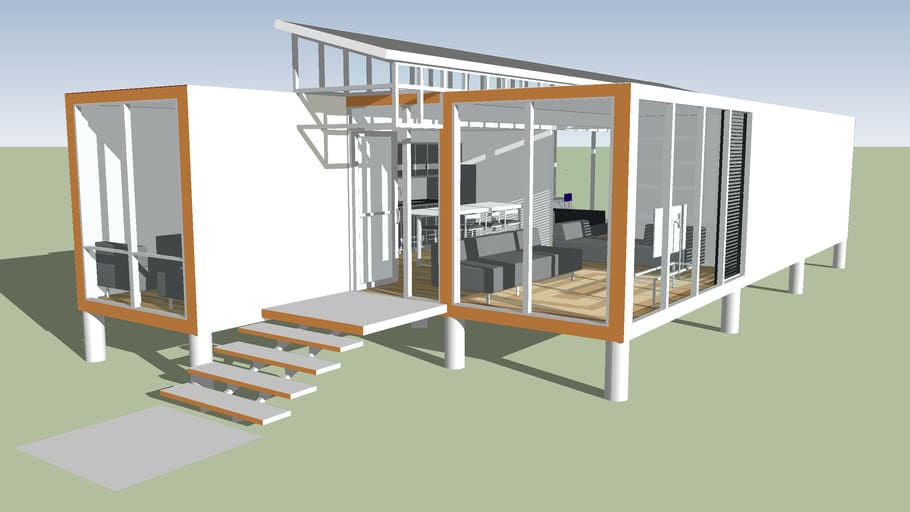
Blender is sometimes used for architectural design, although that’s not its main focus. There’s other software better suited for that purpose. Such is the case with SketchUp, a program that was designed for the purpose of 3D architectural modeling.
The method of modeling in SketchUp is very intuitive, as it basically consists of drawing shapes on a 2D plane, then extruding or cutting them over and over until you have the final shape you want. It takes a bit of practice to get used to working in SketchUp, but once you’ve nailed it, it becomes a fast and very useful tool.
In fact, SketchUp is often used in combination with other software like AutoCAD. You can do the 2D blueprint and measurements of a building in AutoCAD, and then in SketchUp extrude the structure and add the details to visualize the design.
- Price: A free web-based limited version, $299 annually for SketchUp Pro, reduced prices for students and educators
- Focus: 3D architectural modeling
- Level of expertise: Beginner-friendly
Cinema 4D
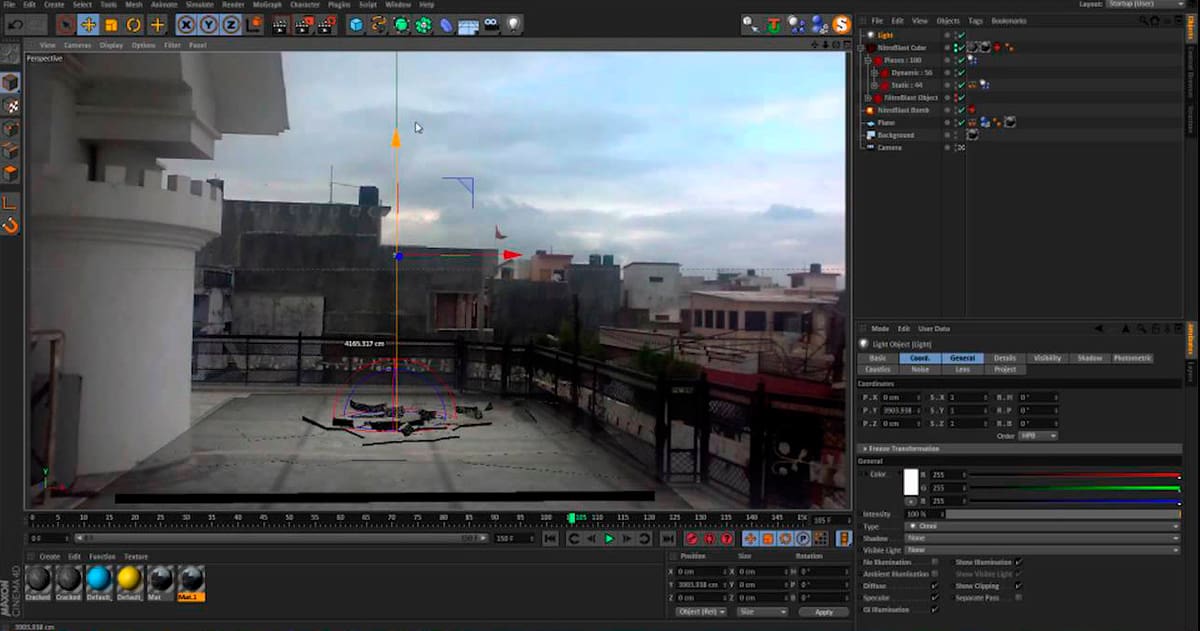
Similar to Maya, Cinema 4D focuses on 3D animation, especially CGI and VFX. It can also be used to create 3D objects, not simply for the sake of modeling but for including them into a real 3D space.
Although it could be used for animating films like Frozen, it’s more widely used for movies like Godzilla where digital objects and effects interact with real-life things. As such, the program specializes in added effects like textures, fluids, and simulations.
Cinema 4D has its own learning page, called Cineversity, where you can find tutorials and documentation to help you get started. It’s easier for beginners or hobbyists to learn because the process is more visual and less technical. It is, however, a complex program, and mastering the advanced stuff will take dedication, especially because good VFX is all about making a computer-generated object appear real.
Please keep in mind that the program can be very demanding on your computer, as it requires GPU, a graphics card, and more to run appropriately and efficiently.
- Price: $94 monthly, $719 annually, $3,495 perpetual license, reduced pricing available for educational institutions
- Focus: VFX and CGI
- Level of expertise: Beginners and experts alike
Modo
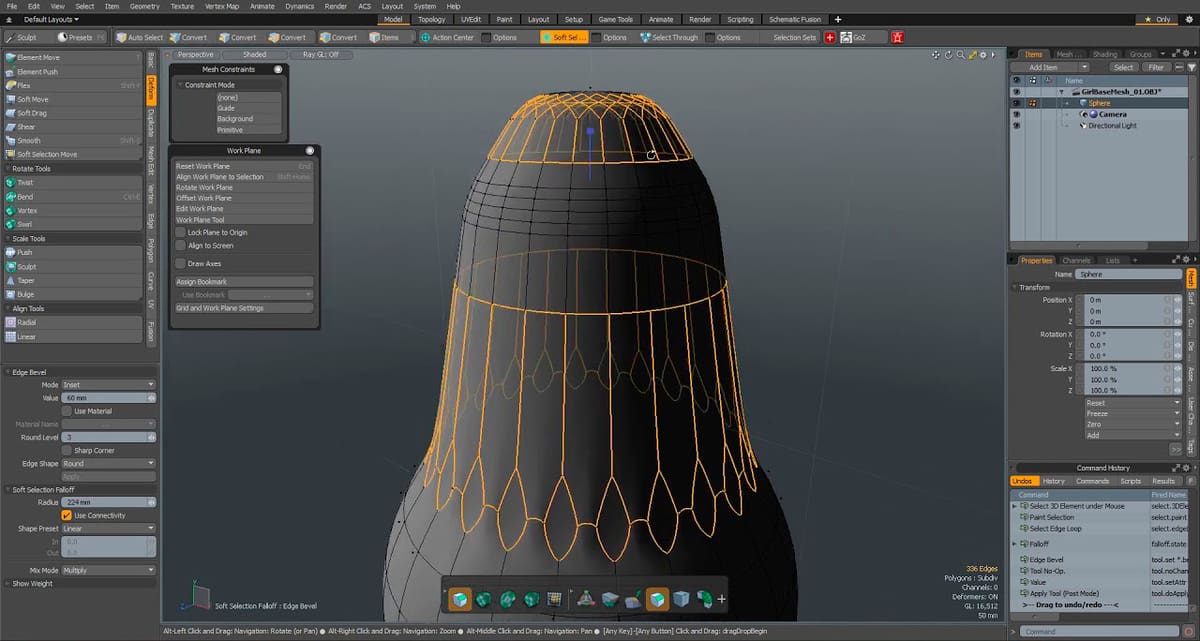
Modo is modeling and animation software, with its main focus on sculpting, texturing, lighting, and rendering. Created with artists and designers in mind, Modo’s ability to achieve artistic renders is a highly praised quality of the program.
Users like Modo because it allows them to create a model and then try out concepts, interesting poses, and original camera angles. You can also use it to experiment with lighting, shadows, colors, and textures.
Another notable feature is that Modo allows for fast modeling because it combines direct modeling, sculpting, and flexible procedural modeling all in the same environment. As such, you can easily switch tools to whatever is most convenient as you’re modeling without hassle or having to switch programs.
- Price: $65 monthly or $659 annually subscriptions, $1,909 perpetual license, educational licenses available
- Focus: Modeling and rendering
- Level of expertise: Beginner-friendly
3ds Max
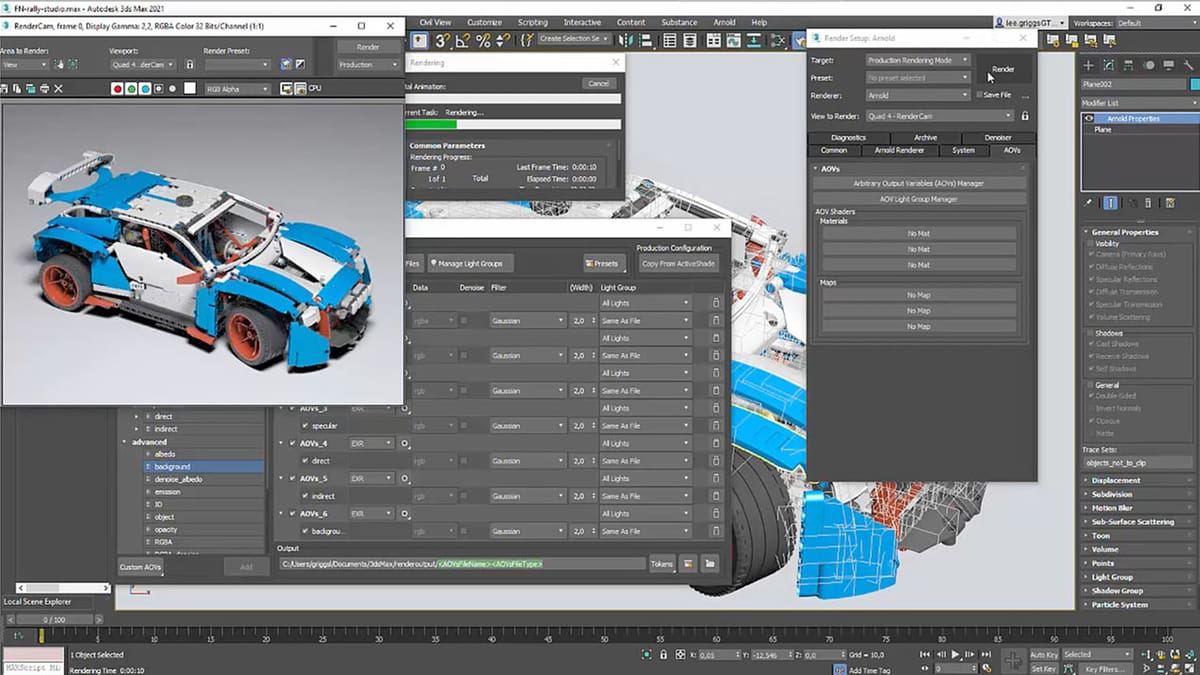
3ds Max definitely has a more technical modeling method in comparison to other software mentioned here like ZBrush or Modo, which use intuitive modeling methods based on sculpting. For someone coming from a Blender background, however, the transition shouldn’t be so hard as they share many similar principles like mesh divisions, loops, and rigging.
It’s owned by Autodesk and is especially popular for hard surface modeling. The program is also very popular for character animation because the layout of the software makes the complete pipeline from modeling through rigging to animating characters flow easily. It has a very complete and effective set of tools, so it’s possible to do everything within the program and eliminating the need to import the models to additional software.
- Price: Free 30-day trial, $215 monthly, $1,700 annually, $4,590 triennially
- Focus: Hard surface modeling and character animation
- Level of expertise: Intermediate
After Effects

With noteworthy features like camera tracking, editing – whether for animation or for video – is one of Blender’s fortes. Despite its strength in this area, there are video editing tools that are more comprehensive and time-saving.
After Effects by Adobe is a great software option, and it has an ideal environment for video editing, especially in comparison to Blender. Its functionality, however, goes way beyond just editing. There are very precise tools for VFX, particles, fluids, and animating, allowing for great control over scenes.
Its rich features and functions make After Effects an industry-standard program in video editing, visual effects, and motion tracking.
- Price: $31.49 monthly, an annual plan billed either $20.99 monthly or $239.88 annually
- Focus: Editing and simulation
- Level of expertise: Beginner-friendly
LightWave
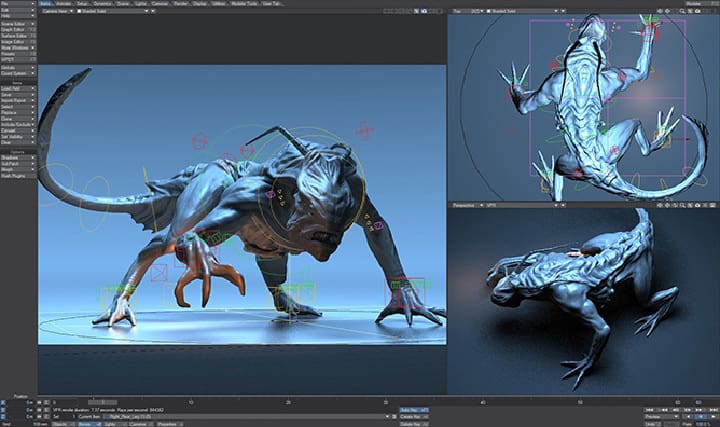
LightWave is a program that focuses on 3D modeling, rendering, and animation. It was created in 1990 and initially suffered some setbacks in its development. In the latest updates, it has greatly improved functionalities – making it very reliable as well as competitive against other software – and even includes many interesting and useful tools for modeling.
The program is designed to give users a lot of freedom to model in ways in which they won’t be limited by their technical knowledge of the software. One can animate in the program, but its focus is on modeling and realistic renders. Comprehensive and very detailed rendering tools for color grading, lighting, glossy zone, and shiny zones are also included.
- Price: Free 30-day trial, $995 perpetual license, reduced prices for students and educators
- Focus: Modeling
- Level of experience: Beginner-friendly
Lead image source: Asidek - CT Solutions Group via YouTube
License: The text of "The Best Blender Alternatives" by All3DP is licensed under a Creative Commons Attribution 4.0 International License.
CERTAIN CONTENT THAT APPEARS ON THIS SITE COMES FROM AMAZON. THIS CONTENT IS PROVIDED ‘AS IS’ AND IS SUBJECT TO CHANGE OR REMOVAL AT ANY TIME.

